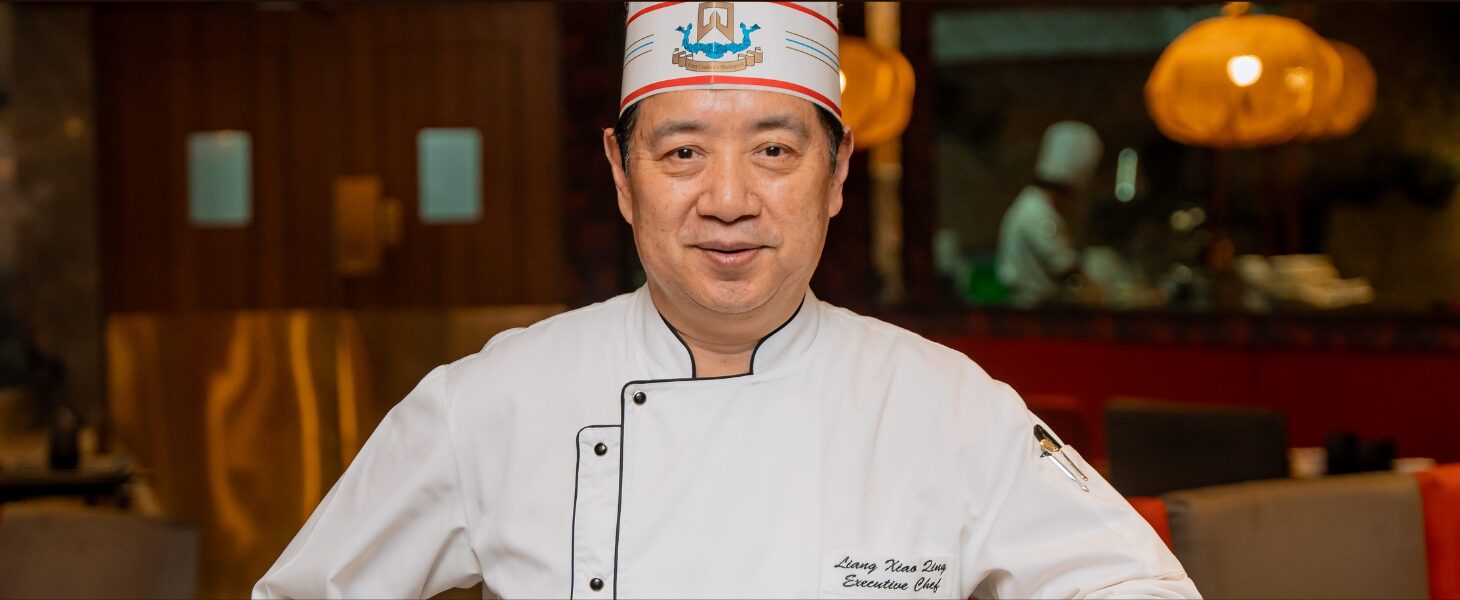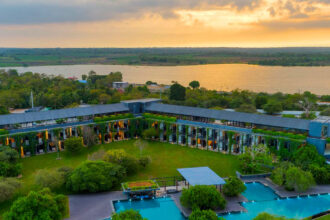Watching a Sri Lankan historical drama on television recently, I was impressed at how the distinctive style of fighting was so unlike Hollywood and Bollywood action sequences. I didn’t know what it was called until a friend said: “It’s Angampora!” So what is Angampora?
Friends put me in touch with possibly the best source of information about Angampora, the Guru Kalabushana G. Karunapala. He’s believed to be one of the few who knows the pure art of true Angampora.
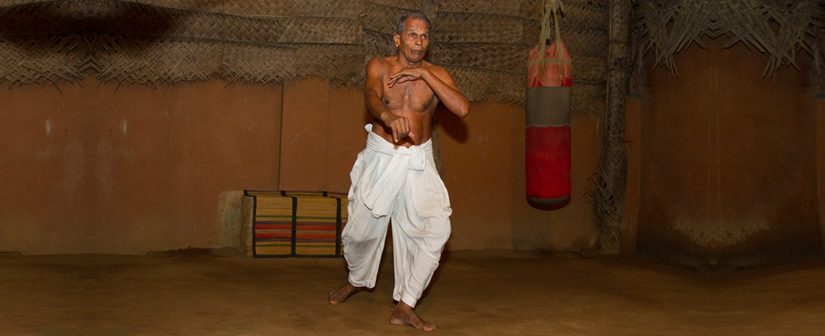
After a 20-minute drive from Nugegoda, I reached the place where the 75-year-old Guru lives and teaches. My vision of a stoic guru was dissipated when he greeted me with a warm, hospitable smile. He walked me to the Angam Maduwa; a mud structure thatched with palm leaves. Built in accordance with Vastu theology, the floor was made with the mix of earth and cow dung which gave our feet an earthy cool feeling. This is where the Guru trains, and imparts the knowledge of Angampora, to a handpicked selection of students.
“There’s no martial art that teaches you how to kill someone using a newspaper. If you know it well enough, you can use anything as a deadly weapon. This is the superiority of Angampora,” said the Guru, showing some of the weapons used during training.
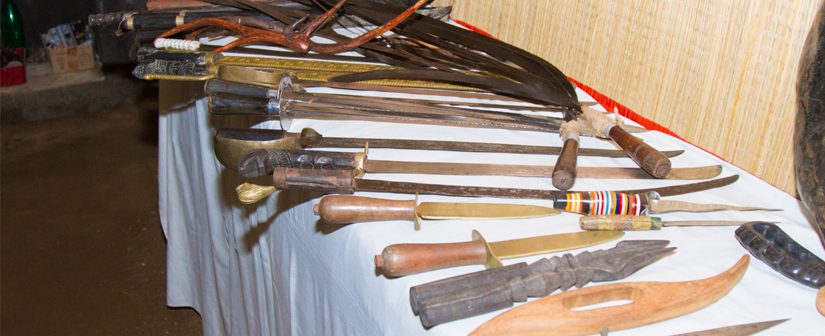
The founder of the 3,000-year-old Angampora
“The word Angampora is derived from the root words “ANGAM” which translates as “body” and “PORA” which means “fighting.” It is said that the Yaksha tribe is the founder of this 3,000-year-old martial art and is said to have learned it by imitating the beasts in the jungle. If you watch closely you will notice that some of the moves are adapted from the actions of wild animals like bear, snake, monkey, elephant, peacock and the butterfly.
Rana Ravana was the most feared Angam warrior “When Ravana had to leave the jungle he carried it as an act of defence to protect himself from enemies,” the Guru said whilst inviting me to watch a training session.
Traditional rituals
I observed the traditional rituals of the start of a training session. One was dedicated to Lord Buddha and the other to King Ravana out of “Guru-Bhakti” – a ritual before the training session followed by meditation. Angampora is not just a demonstration of sword and knife – it is mainly fought with bare hands. Along with martial art Angampora includes Three Ms- Meditation, Magic, and Medicine.
With the end of the meditation, the Shishyas (Students) received the blessings of The Grand Guru. A drumbeat indicated the beginning of the lesson.
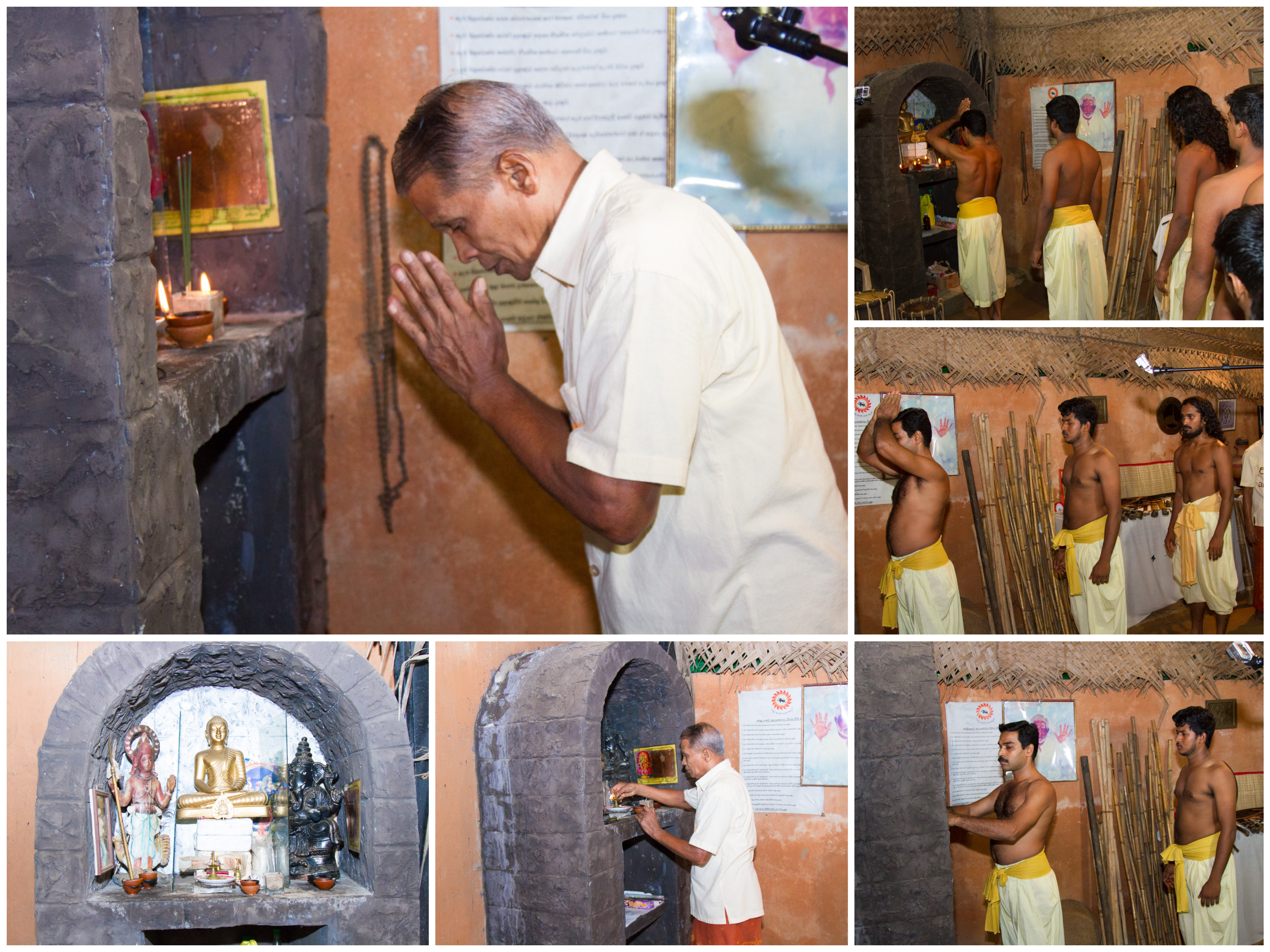
Can anyone learn this?
“Angampora,” explained the Guru, “requires wholehearted commitment as it is a traditional form of art which cannot be learned with a few sessions. We never take this art lightly seeing it as a valuable heritage passed down to us from our ancestors. My Maduwa is open to physically fit boys, girls and recently to foreigners, but only if they are ready and willing to do this as a lifelong commitment.”
The British, and the Kandyan dance
Isn’t it a miracle that Angampora has survived for 3,000 years? The Guru said; “It is indeed, it went through several highs and lows – because it is vigorous. The British went to the extent of outlawing it. If it survives today it is because of our ancestors. They were keen to keep this tradition alive – they started practising it secretly and several of the foot movements had to disguised as part of the traditional Kandyan dance form.”
Angampora is not all about fighting
Targeting the 148 nerve points in the body, Angampora moves could be used as a therapeutic remedy or for defence. “There are a few deadly and fatal moves in this art form which would not be taught to everybody. I want to leave this art in good hands so it will be alive. If not, it will be like a gun in the hands of an insane person,” the Guru said.
Angampora is an art of self-defence that is also used as therapy. The weight of a punch on the nerve points controls the pressure exerted and hence severity of damage, or cure.
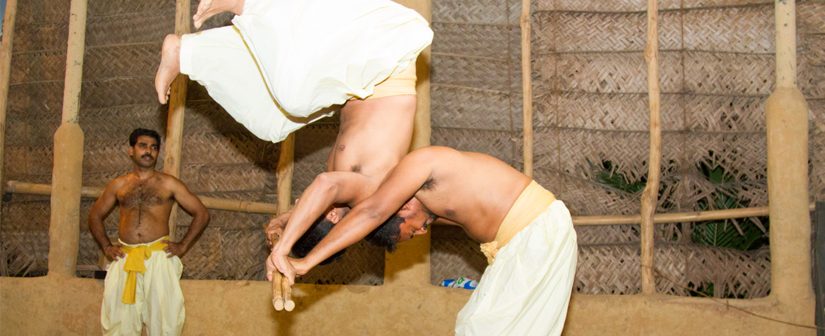
Learning Angampora?
As the Guru explained: “It is all how you’re mentally strong and alert. Angampora moves are designed in such a crafty way that if the correct move is used in an encounter the battle could be won”
When I asked the Guru to sum up Angampora he said, “Now you should know why the Rama-Ravana battle was not an easy one for Rama.” he said in a proud tone.
Here is a demonstration of Angampora lessons every Sunday from 9 am, which visitors can witness by prior arrangement. For information, check
Address : No: 06, Kanatta Road, Mirihana, Nugegoda, Sri Lanka
Telephone : +94 115 051770 Mobile : +94 71 445 2519 E mail : [email protected]
Subscribe to our newsletter to get our newest articles instantly!



